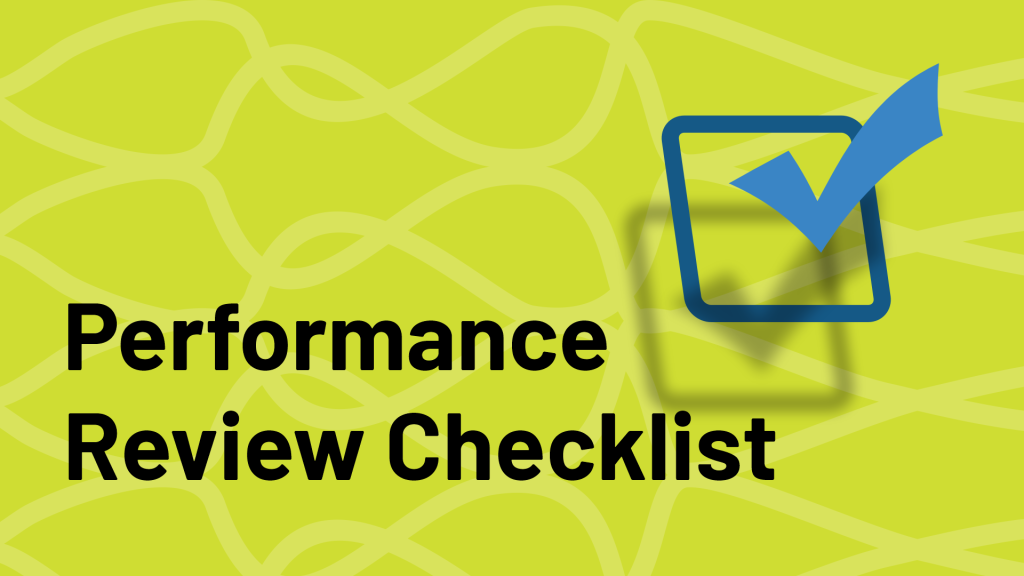There’s a lot of noise around employee engagement in 2025, and it’s in every slide deck, company-wide meeting, and every second post on LinkedIn. People keep talking about how important it is in building culture, driving retention, and fueling productivity. In fact studies even agree that companies see 21% higher profitability and experience 59% less turnover after prioritising engagement. While this is true, there’s one thing no one really says out loud: engagement costs money, time, and resources.
So the real question is, what is the return?
If you’re investing in surveys, workshops, programs, and culture initiatives but can’t trace their impact, then you’re just making guesswork instead of having an actual strategy. Also, if you’re only measuring engagement to feel better about your employer brand, then you’re missing the entire point of employee engagement.
It’s not just about good feelings, it’s about making your people care, as well as providing real outcomes, because when people care, they perform. That’s why in this blog, we’ll show you how to measure the ROI of employee engagement the right way, and more importantly, what those numbers are supposed to tell you.
Why are you measuring engagement at all?
Before you begin measuring engagement, take a moment to consider your core objective, as your goal isn’t only to achieve engagement, but also to understand what engagement enables.
Keep in mind that your efforts go beyond just boosting morale. You’re also trying to:
- Boost productivity: Engaged teams tend to deliver more because they’re motivated to work, not just because they have to do it.
- Retain top talent: High turnover is costly, both financially and in terms of team morale, but engagement helps your best people feel valued and connected, making them more likely to stay.
- Enhance customer experience: It’s tough to deliver excellent service when employees feel drained or disconnected, and this is why engaged employees are more invested in their work, which translates to a better experience for your customers.
- Reduce absenteeism: When individuals are genuinely invested in their work, they’re more likely to show up consistently rather than disengage or vanish.
- Build intentional culture: We’re not talking about culture as a buzzword, but as a deliberate force that fosters alignment, clear direction, and shared momentum within your organization.
So when you measure engagement, you’re not measuring morale, you’re tracking signals tied directly to performance.
The metrics that matter
Some metrics might look impressive on paper but offer little real insight, and if you want to make smarter decisions that make a real impact, you need to track indicators that reflect both employee engagement and business impact. Here is what to measure for:
1. Engagement Indicators (Leading Signals): These include your Employee Net Promoter Score (eNPS), participation in pulse surveys and feedback loops, attendance and impact of training or learning initiatives, and internal movement like promotions, role changes, and lateral growth.
2. Business Outcomes (Lagging Indicators): This comprises Voluntary turnover rate, Absenteeism frequency and cost, Revenue per employee, Customer satisfaction (CSAT) and NPS, Time-to-completion for key projects, Innovation metrics (new ideas implemented, process improvements)
The critical part isn’t just tracking engagement and business metrics separately, but making sure they connect. If engagement scores are going up but there’s no real change in revenue, retention, or other key outcomes, it might mean the initiatives are only surface-level or that the data lacks depth, and in the end, that’s just a misleading sense of progress.
How to calculate ROI of engagement
Measuring the return on engagement doesn’t have to be complicated when you focus on what drives value. Here’s a straightforward way to look at it.
ROI = (Net Benefits – Costs) ÷ Costs × 100
Quick explanation:
- Net Benefits means the value gained from improved metrics (e.g., fewer exits, better performance)
- Costs mean what you’ve invested in engagement efforts (tools, programs, HR time, etc.)
Here’s a practical example: Imagine you’re leading a company with 100 employees where the yearly employee turnover was 20%, and it costs you N1,000,000 on average to replace a single employee, so you roll out a targeted employee engagement strategy that costs you about N3,000,000 yearly.
Within 12 months of implementing the strategy, you notice that employee turnover dropped to 12%, meaning 8 fewer people left your company.
Replacement costs = N1,000,000 per exit.
Savings = 8 × N1,000,000 = N8,000,000
So, your ROI = (N8,000,000 – N3,000,000) ÷ N3000,000 × 100 = 167%
That’s not just a nice win, it’s a powerful one, and keep in mind that this is just one outcome, as the full return becomes even more compelling when you add higher productivity, fewer absences, quicker onboarding, stronger customer satisfaction, and a noticeable boost to your brand reputation.
Tracking it with the right tools
Measuring ROI doesn’t require a complex setup; it primarily demands focus, and a select few, effective solutions can handle the heavy lifting without overwhelming you, especially when you consider these straightforward applications to help you collect feedback, track performance, and connect engagement directly to business outcomes:
- For Engagement: Consider tools like CultureAmp, Peakon, or Glint.
- For Performance Management: Platforms such as Lattice, Leapsome, or 15Five can be highly effective.
- For Core People Data: Your existing HRIS (Human Resources Information System) is crucial. Connect it with data points like turnover, payroll, and role changes for a comprehensive view.
- For Visualizing Data: Use powerful dashboard tools like Excel, Power BI or Tableau to help you visualize correlations and patterns within your data.
Remember, these tools are designed to gather signals; they don’t do the analytical work for you. Your expertise is key to interpreting these signals and translating them into actionable insights.
Final thoughts…
Employee engagement shouldn’t be taken as just a quarterly task, but as a continuous rhythm woven into your company culture. Use monthly pulse surveys, regular manager check-ins, and quarterly reviews tied to business outcomes, making sure to monitor real-time dashboards to spot subtle shifts early. It’s not about perfect scores, but recognising the patterns that reveal the true story.
In conclusion, employee engagement is a powerful business lever, so stop measuring just to keep HR busy or sharing data without impact, and track what truly matters while sharing insights with precision. When you move beyond chasing smiles to building real commitment, that’s when culture strengthens and ROI becomes undeniable.
To connect engagement to key business results like revenue and client satisfaction, check out our blog on measuring the ROI of your performance management strategy.
Want to know what your engagement efforts are really doing for your business? Let’s dig deeper. Book a free consultation with us today.











